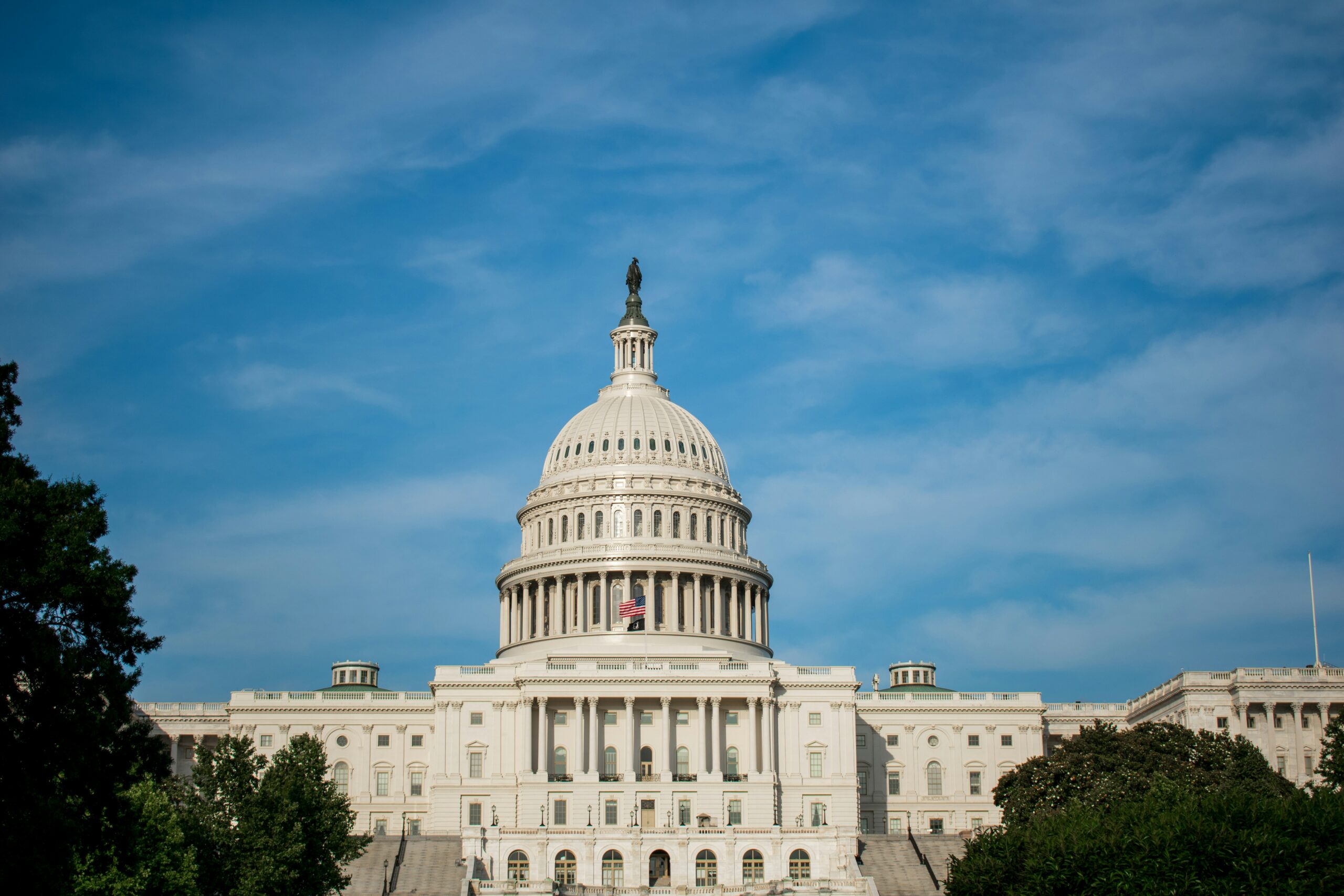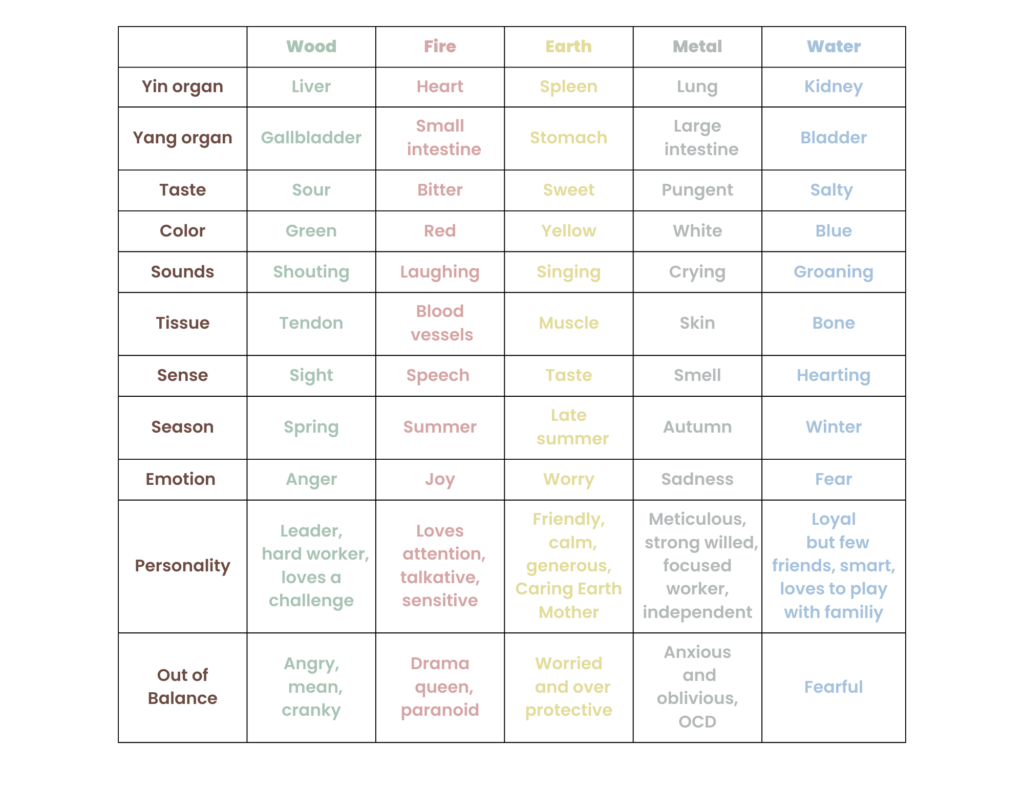In recent years, more women in Washington, DC, are exploring holistic approaches to reproductive health, with Traditional Chinese Medicine (TCM) and acupuncture leading the way. Whether they’re struggling with fertility challenges, hormonal imbalances, painful periods, or menopause symptoms, many are finding relief and support through these ancient healing practices.
But why the growing interest? As a practitioner specializing in women’s health, I’ve witnessed firsthand how TCM can transform lives—not just physically, but emotionally and spiritually. Many of my patients leave their sessions with a renewed sense of hope, a deeper understanding of their body, and most importantly—empowered.
My own journey through fertility struggles first inspired me to specialize in this field. I realized how little many of us are taught about our reproductive systems, our cycles, or how to truly listen to the messages our bodies send us. Whether or not you’re trying to conceive, understanding your body is foundational to lifelong wellness.
At my clinic in Washington, DC, I specialize in treating complex conditions such as:
- PCOS, endometriosis, and irregular cycles
- Unexplained infertility and low ovarian reserve
- Recurrent miscarriage and hormonal disruptions
Using acupuncture, herbal medicine, and lifestyle therapy, I help countless women reconnect with their bodies and restore balance, naturally and sustainably.

Bridging Two Worlds: The Power of Integrative Care
One of the most profound lessons I’ve learned is that Chinese medicine doesn’t reject modern science—it enhances it. Trained under Dr. Yuning Wu, Chief Gynecologist at Beijing Hospital of TCM, I’ve seen how combining Eastern and Western diagnostics leads to remarkable, personalized results.
For example:
- Acupuncture before IVF can improve blood flow and reduce stress, increasing success rates.
- Herbal formulas can regulate cycles in PCOS patients when pharmaceuticals fall short.
- Lifestyle adjustments rooted in TCM principles (like sleep, diet, and stress management) often resolve issues that medications merely mask.
Honoring the Wisdom of Classical Chinese Medicine
My mentorship with Dr. Sabine Wilms, a leading scholar of classical Chinese medicine, deeply shaped my approach. Her work on fertility, pregnancy, and postpartum care taught me that true healing isn’t just about treating symptoms—it’s about honoring the body’s innate wisdom.
This philosophy guides how I support women at every stage:
- Preconception care (optimizing egg quality, hormonal balance)
- Pregnancy support (reducing nausea, preventing miscarriage)
- Postpartum recovery (rebuilding energy, addressing depletion)
How Chinese Medicine Can Help You
Whether you’re navigating:
- Irregular periods or painful cycles
- Abnormal uterine bleeding
- Heavy periods
- Fibroids or cysts
- IVF/IUI preparation
- Unexplained fatigue or hormone-related mood swings
- Reoccurring miscarriages
- Natural conception after struggles
…TCM offers time-tested tools to reclaim your health.
A Message to All Women (Especially in DC): You’re Not Alone
If you’re feeling frustrated by unanswered questions or impersonal care, know that another path exists. My clinic provides compassionate, integrative care for women across the DMV, because you deserve more than a quick fix. You deserve a partner in healing.
Ready to explore how Chinese medicine can support your journey? Schedule a consultation. Let’s work together to rewrite your story.




 Pass H.R. 3133 (Acupuncture for Our Seniors Act) to officially recognize licensed acupuncturists as Medicare providers.
Pass H.R. 3133 (Acupuncture for Our Seniors Act) to officially recognize licensed acupuncturists as Medicare providers.

